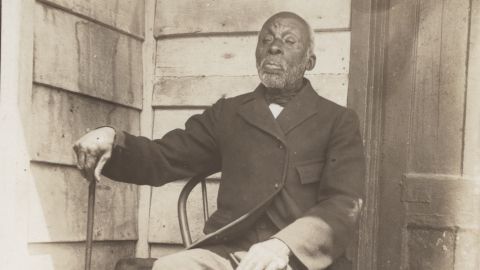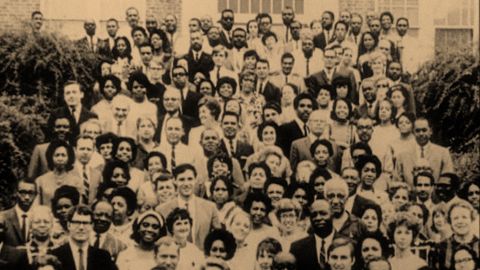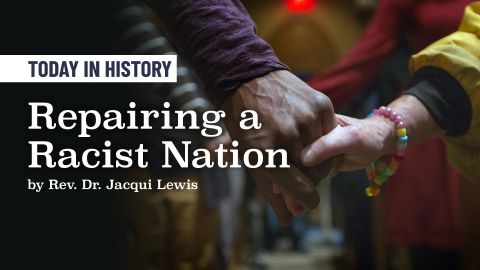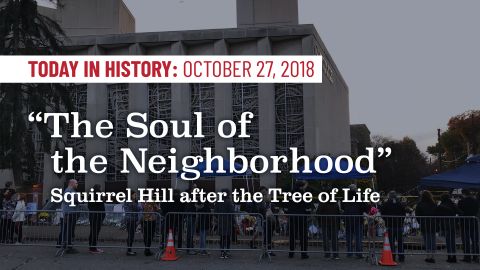The Indian Removal Act of 1830
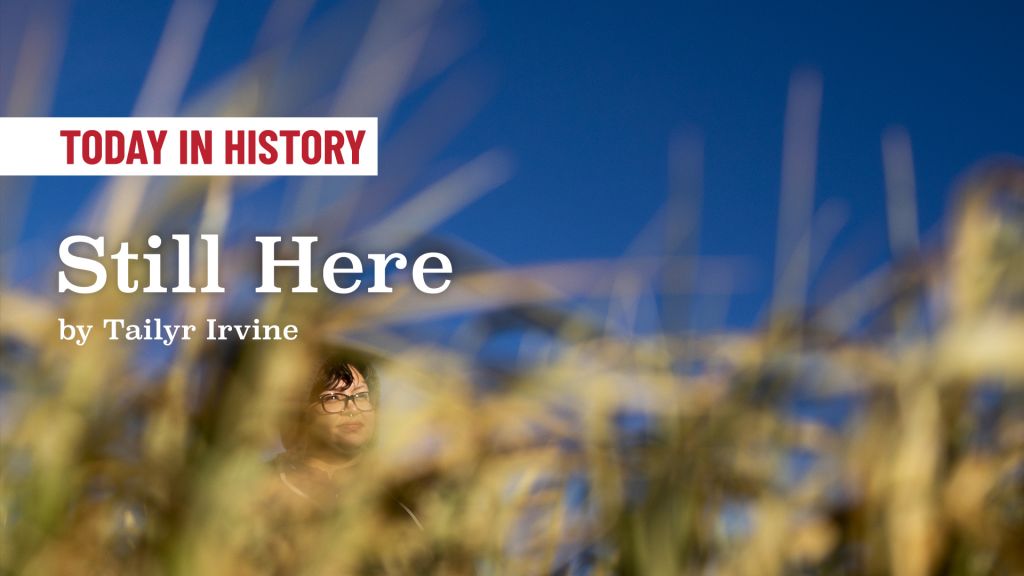
Note: All photographs in this essay by Tailyr Irvine. ©Tailyr Irvine.
On May 28, 1830, Andrew Jackson signed into law the Indian Removal Act. This act forced nearly 100,000 Native Americans to relocate from their ancestral homelands east of the Mississippi River to “Indian Territory” in what is now Oklahoma. One hundred thousand humans were forced to leave behind the places their families had lived since time immemorial. The places where they grew up, where they fell in love, where their parents were buried. One hundred thousand humans were forced to leave the land that held their religion, their traditions, and their memories. One hundred thousand humans were forced to walk over 1,000 miles with only what they could carry to a place they’d never been before.
The list of acts committed against Native Americans by the U.S. government is long and evil. The Indian Removal Act is one of many genocidal actions taken in an attempt to eliminate a people and seize its land and gold. Over 15,000 Native American men, women, and children died because of this act. Lands were stolen, and many ceremonies and traditions were left behind in the hills, mountains, and waters.
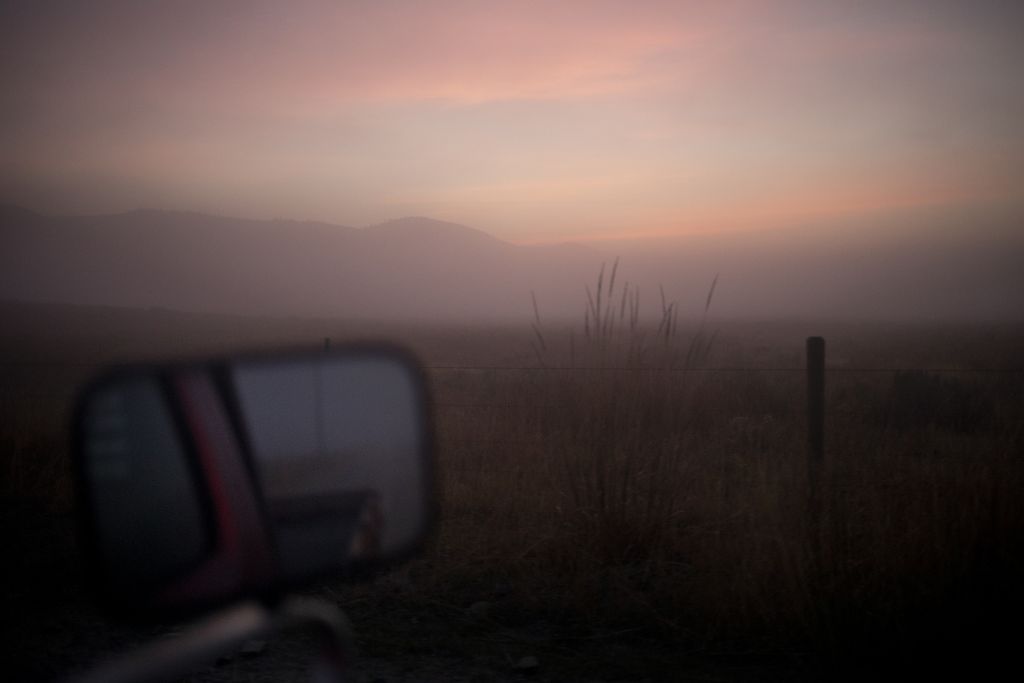
For many tribes, the land we inhabit is where our creation stories are born. Our ceremonies and traditions were set thousands of years ago by ancestors who touched the same pieces of earth we touch. When we talk about religion, it’s not a church and it’s not God. It’s our homeland. The land is our religion and it holds our stories. And though many tribes across the country were forcibly removed and relocated to reservations hundreds of miles from their homeland, our traditions endure.
Our communities still feel the loss of our lands and the genocide of our people, but what we take solace in is that we are still here to feel it. We’re. Still. Here. These photos are a celebration of the traditions we hang onto despite the acts the government forced upon us. They are a collection of images in which we return to the land and continue the traditions put in place centuries ago. In May of 1830, the U.S. government forcibly removed Native Americans from their lands. In May 2023, members of my tribe returned to our homeland to pick roots in the same places that our ancestors once stood.
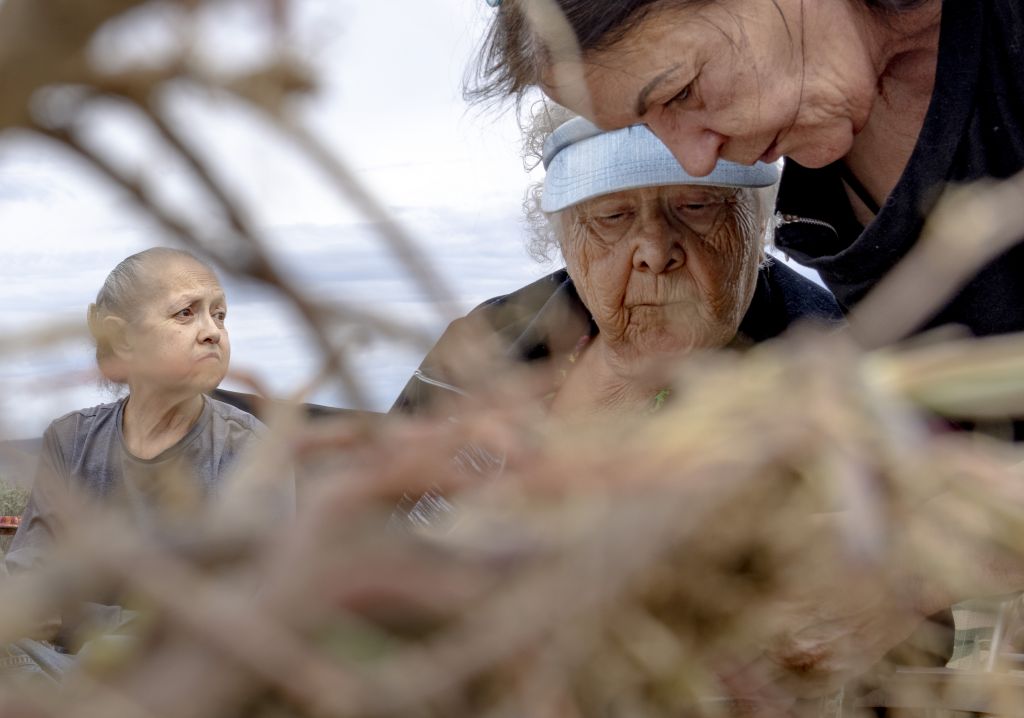
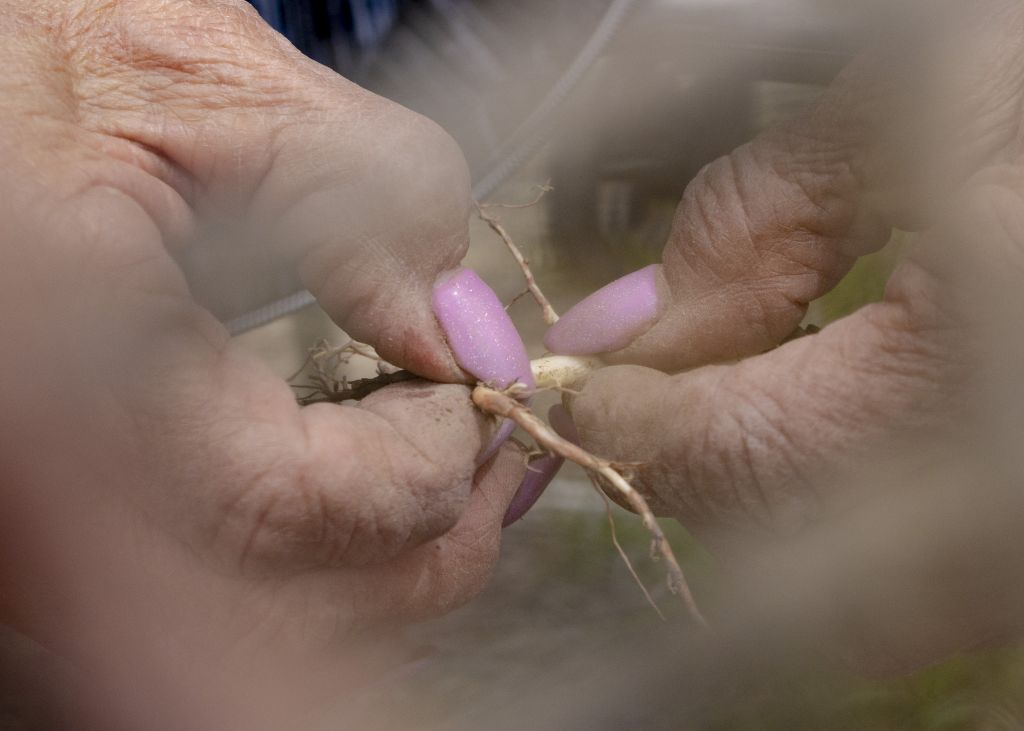
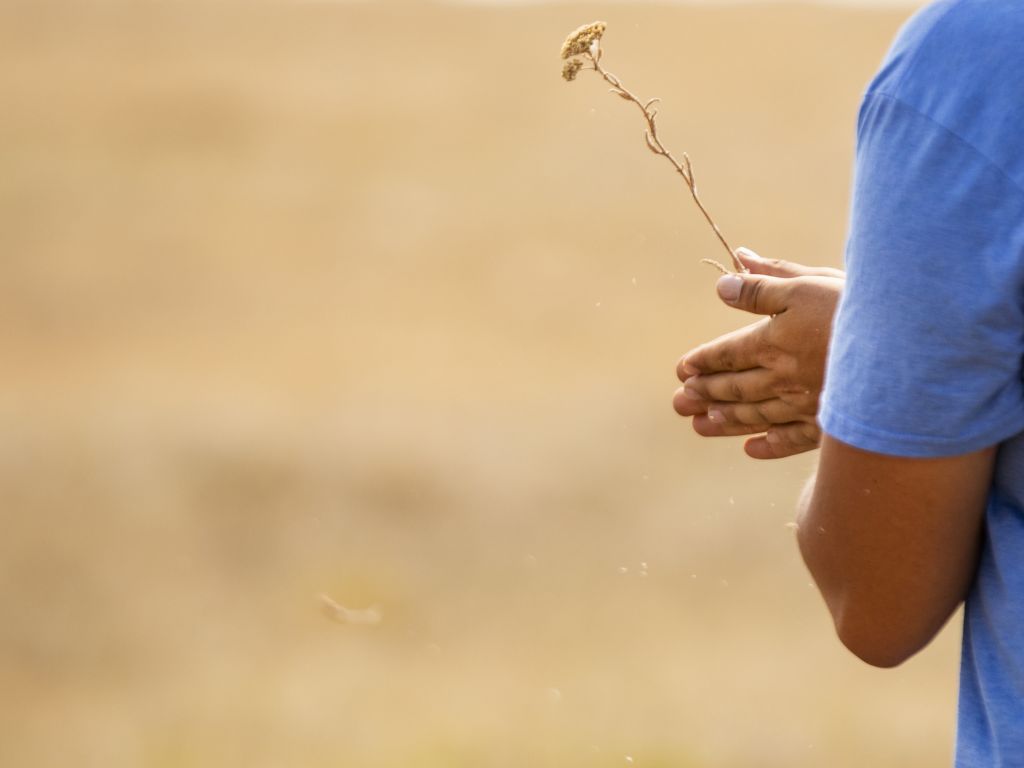
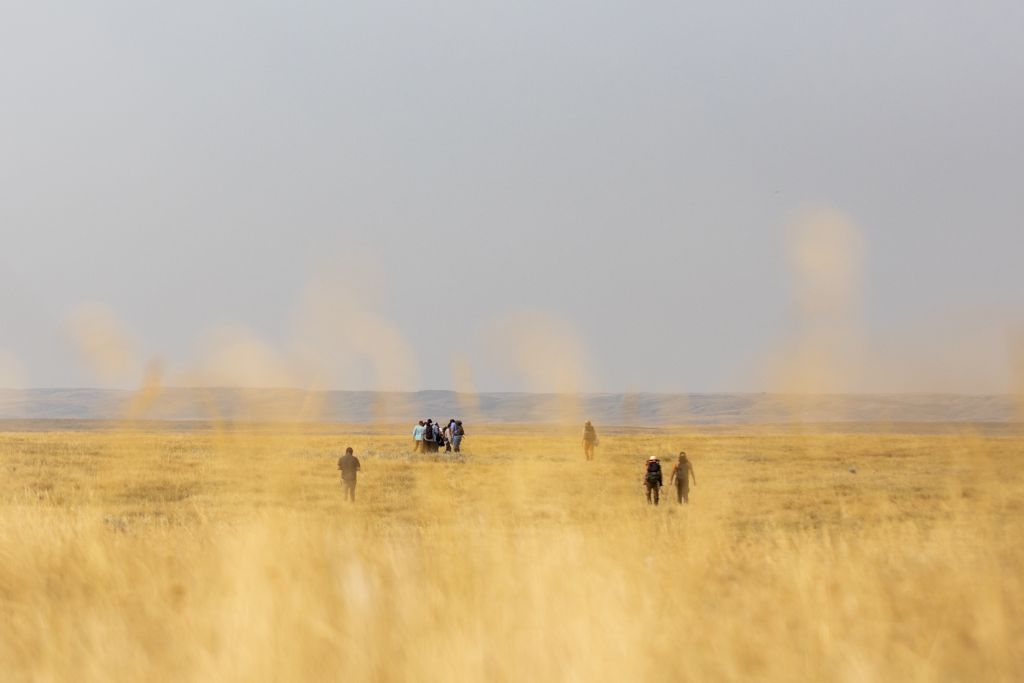
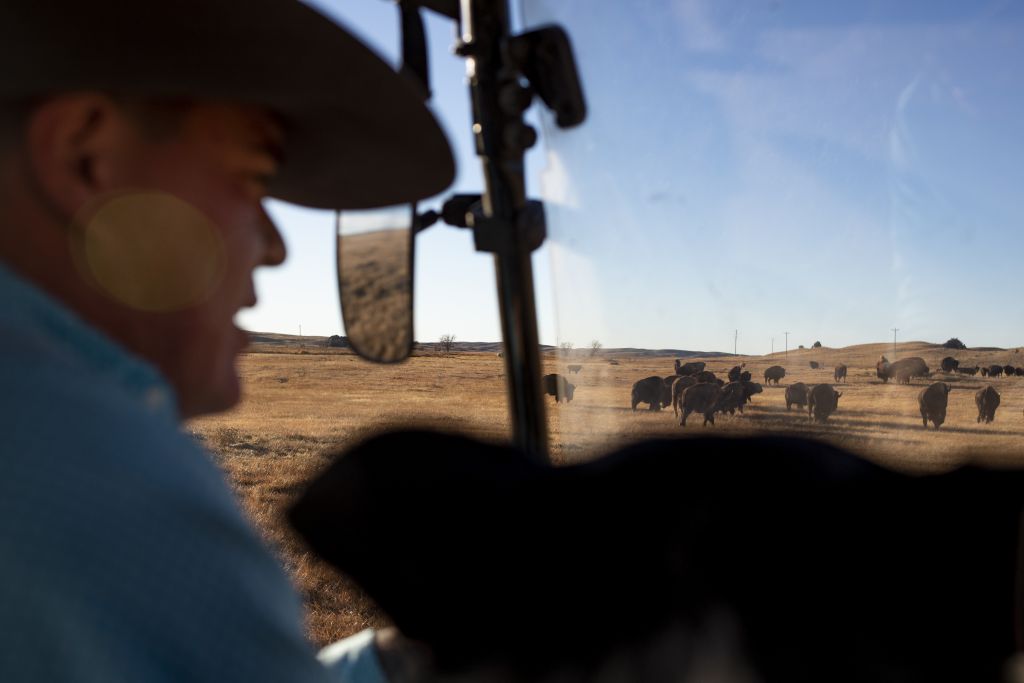


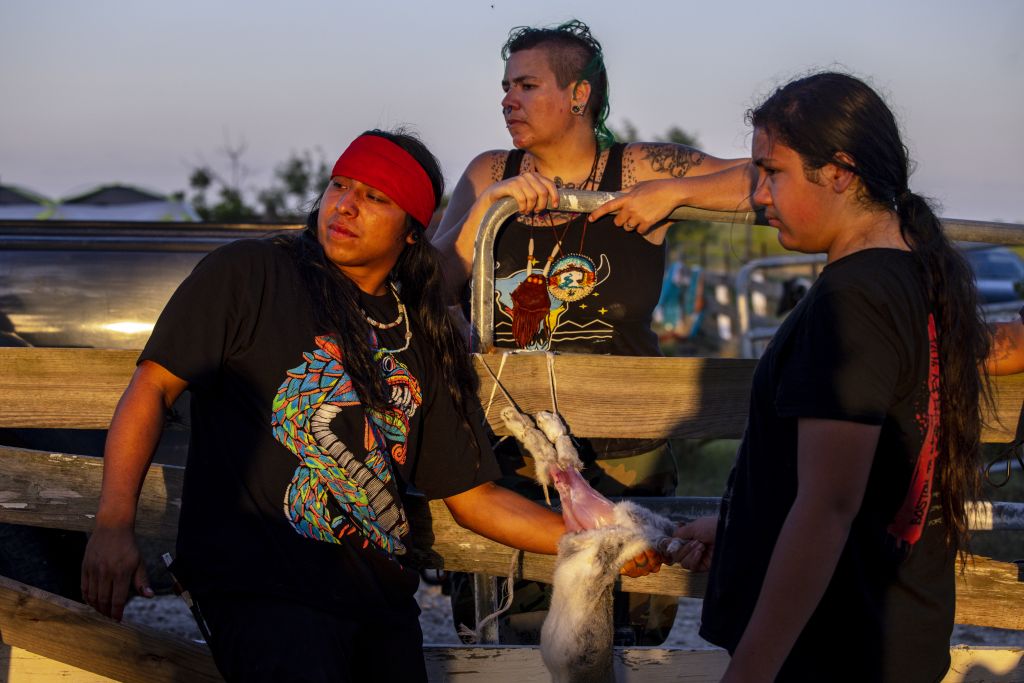
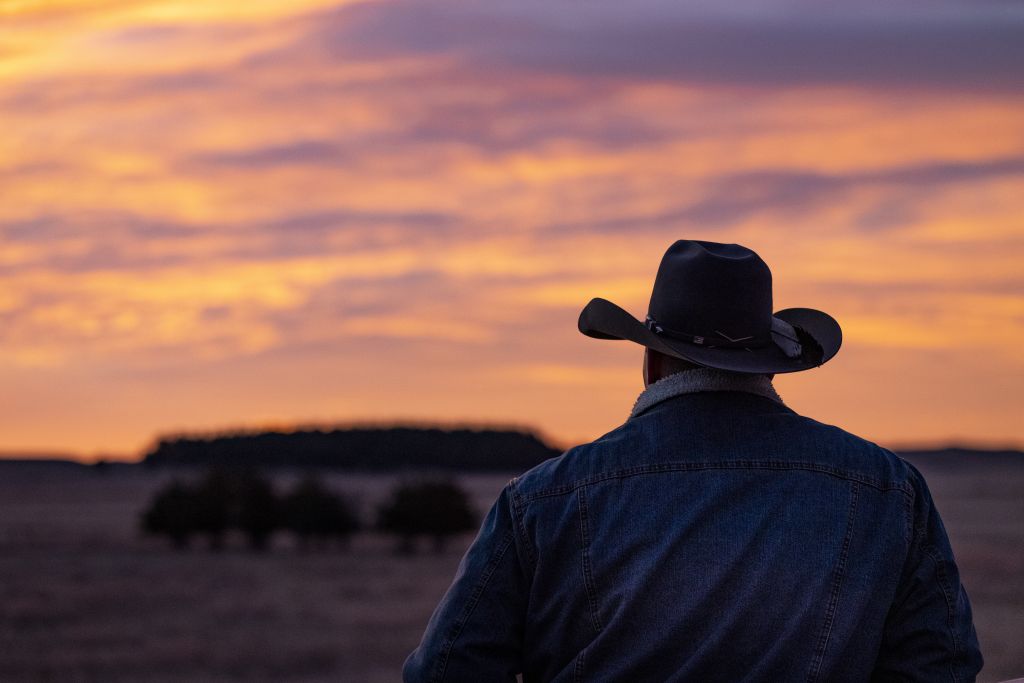
Today in History features stories that probe the past and investigate the present to better understand the roots and rise of hate. The views and opinions expressed are those of the author.


